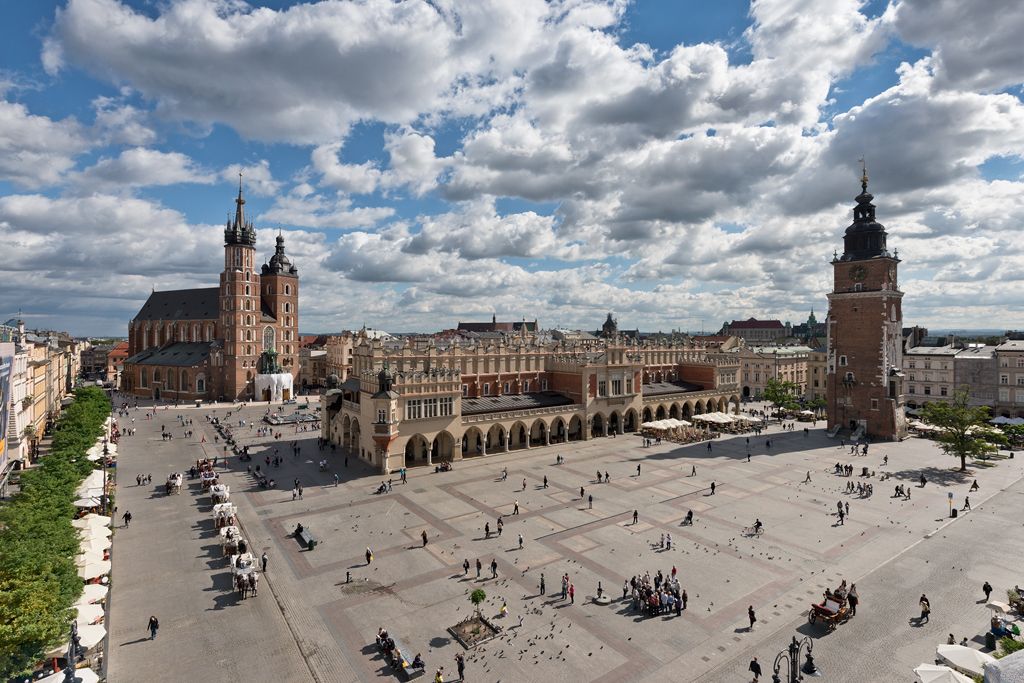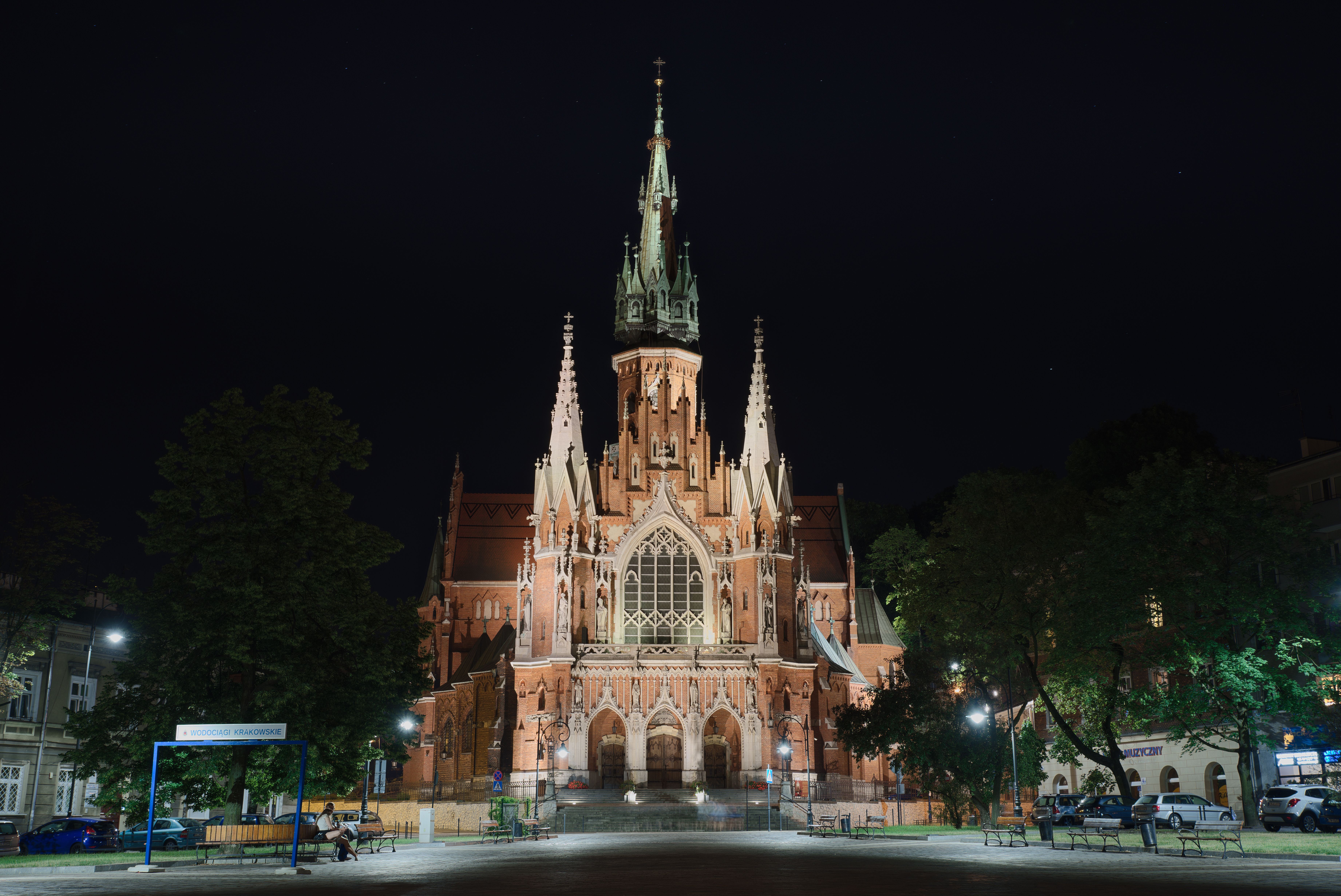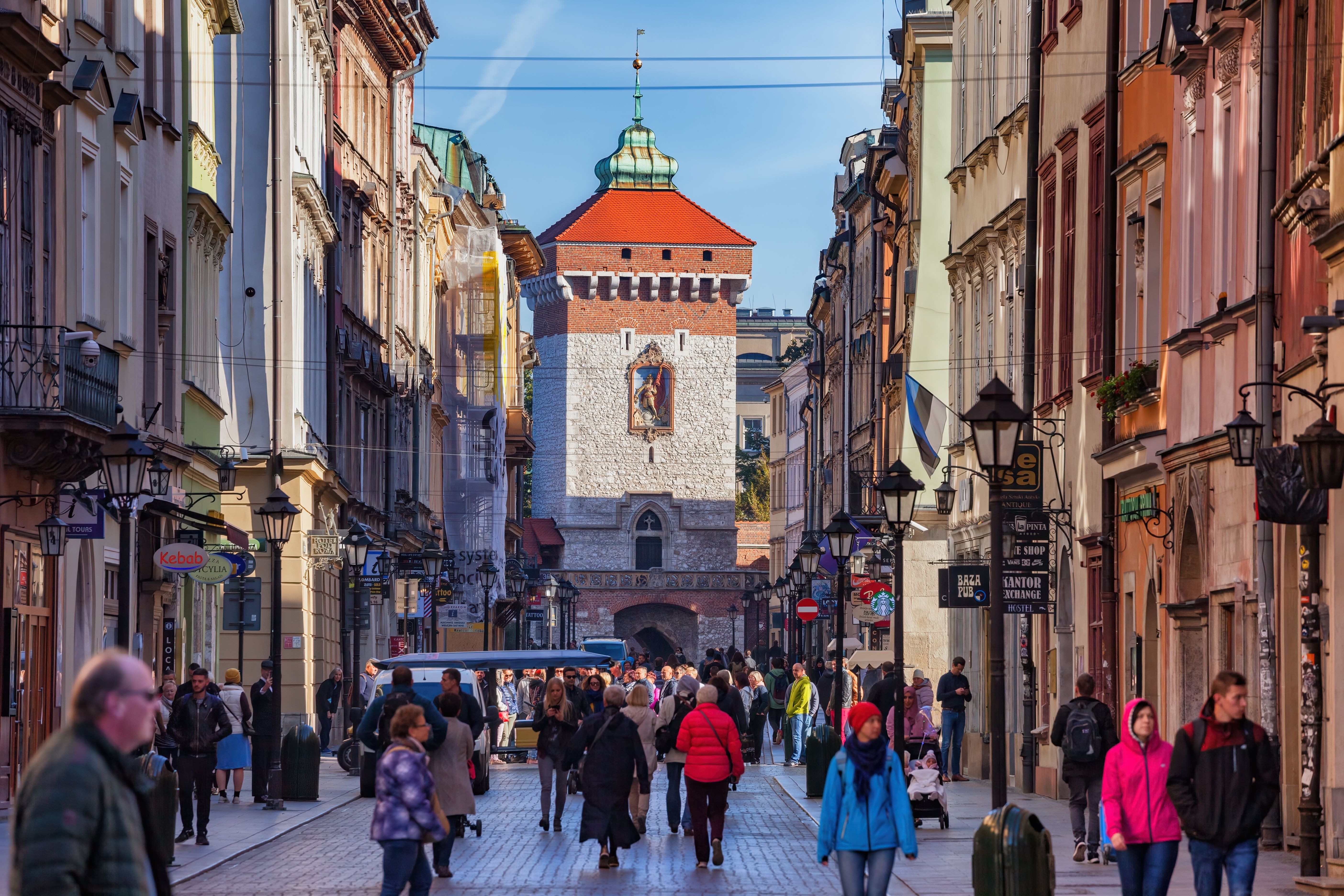The beautiful and picturesque city of Krakow is a former royal capital, crammed with history and splendour. It is also a great city to explore the food of Eastern Europe, as it is renowned for its restaurants and bars. Krakow is also the capital of Polish jazz.
Discover Krakow



Sightseeing Tours
Discover the charms of Krakow - a city full of history, culture and extraordinary atmosphere. Krakow, with its medieval Main Square, majestic Wawel Hill and atmospheric Kazimierz, offers countless possibilities for sightseeing and spending free time.
For your convenience, we have prepared an offer of local excursions that will allow you to discover the most beautiful corners of Krakow and its surroundings with a guide. You can choose between walks in the Old Town, visits to Wawel Castle, trips to the Wieliczka Salt Mine or the former Auschwitz-Birkenau camp. All tours are led by professional guides who will bring you the most interesting stories and secrets of the region with passion and knowledge.
Take the opportunity to feel the magical atmosphere of Krakow and discover its unforgettable sights! We look forward to seeing you and wish you an unforgettable experience!

